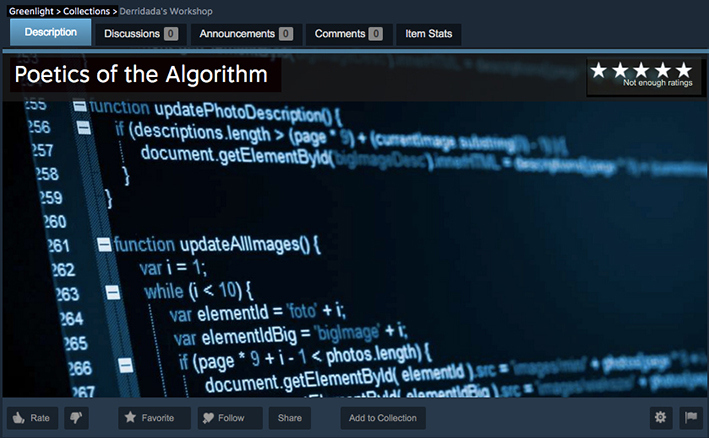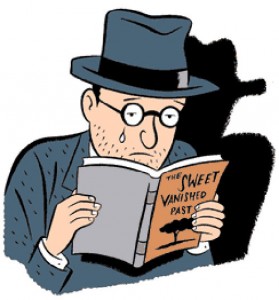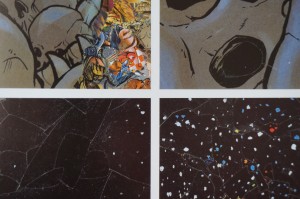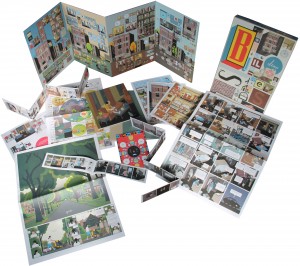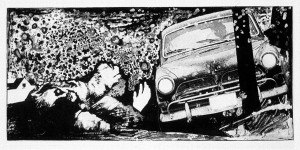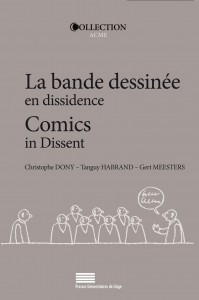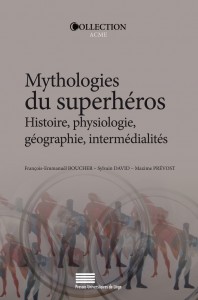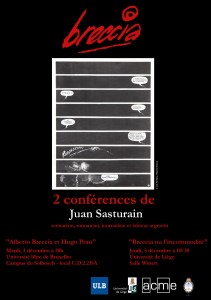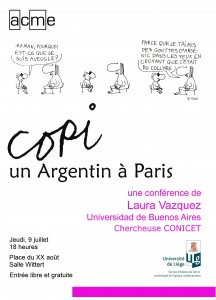Le groupe ACME organise un colloque international, Poétiques de l’algorithme : objets médiatiques « non-identifiés », qui aura lieu à l’Université de Liège (Belgique) du 16 au 18 juin 2016 et se penchera sur la fiction interactive, les apps, la bande dessinée numérique, les jeux vidéo, la littérature électronique et ces autres « nouveaux » médias. La conférence accueillera des communications ainsi que des tables-rondes, ateliers et panels. Nous invitons à participer des chercheurs aussi bien que des artistes, auteurs, programmeurs, développeurs, praticiens, designers, etc.
Voir l’appel à communication – Les propositions de communication (500 mots maximum) devront nous être adressées, avant le 20 décembre 2015, à l’adresse suivante acme.bdresearch@gmail.com
____________________
The ACME group organizes an international conference, Poetics of the Algorithm: Narrative, the Digital, and ‘Unidentified’ Media at the University of Liège (Belgium), from June 16 to June 18, 2016. It focuses on interactive fiction, apps, digital comics, games, e-literature and other emerging, ‘new’ media. The conference will host workshops, roundtable discussions, panels, and presentations of papers. We invite scholars, artists, writers, programmers, (game) developers, practitioners, designers, etc. to participate in what we hope to be an extraordinary event.
See CFP – Pease send abstracts (500 words maximum) by 20 December to acme.bdresearch@gmail.com
